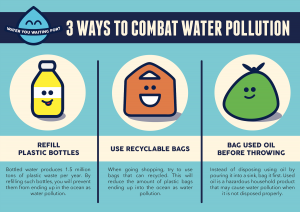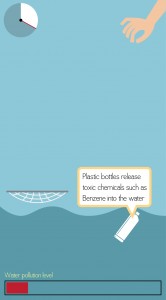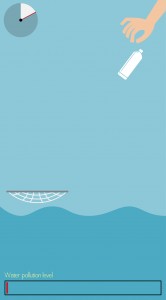Lien AID’s Community Water Enterprise programme gains the support of the Ministry of Foreign Affairs (MFA) Singapore
Since discussion began at the United Nations (UN) on the post-2015 Development Agenda, Singapore has championed a standalone UN Sustainable Development Goal (SDG) on water, sanitation and hygiene, as sustainable water supply is critical to development. The handover ceremony at Kdul Village marks the commencement of the Ta An and Msar Krang Community Water Enterprises (CWE) in Cambodia. The CWEs have been established by Lien AID with the support of the Ministry of Foreign Affairs (MFA) of Singapore. These enterprises utilise a market based approach to provide affordable treated drinking water on a sustainable basis. The communes will own, operate and manage the water treatment and bottling plant through a water entrepreneur and a Water Management Committee (WMC) selected from the local communities. Since 2011, Cambodia has seen more than 370,000 rural poor Cambodians benefit from the creation of 65 CWEs across 11 provinces.

Singapore Ambassador to the Kingdom of Cambodia, Mr. Michael Tan, with Lien AID Chairman Mr. Michael Sim and Lien AID staff in front of the water treatment plant.
Singapore’s Ambassador to the Kingdom of Cambodia Mr. Michael Tan said, “We are pleased to partner Lien AID in bringing clean water to villagers in Ta An and Msar Krang. Through these plants, approximately 2,023 households and 10 schools will have access to clean drinking water. This will help improve public and personal health. It will also benefit their local economy by creating jobs and generating income for the local water and sanitation sector. We are proud of the good work that our Singapore-based international non-profit organisations such as Lien AID are doing to improve sustainable access to clean water in developing countries.”

Singapore Ambassador to the Kingdom of Cambodia, Mr. Michael Tan speaks with Lien AID Chairman, Mr. Michael Sim and Cambodia Minister of Rural Development, His Excellency Dr. Ouk Rabun inside the CWE water treatment plant.
This project is implemented under the Singapore’s Sustainable Development Programme, to support the UN 2030 Agenda for Sustainable Development, in particular our continued commitment to SDG 6 on clean water and sanitation for all.
Clean water is essential to health and to the overall development of a community and country. Yet, more than 200 million in rural Asia still have no access to clean water. Established in 2006, Lien AID remains committed to exploring sustainable solutions and collaborative efforts with actors from governments, civil society organisations and the private sector, to enable clean water and sanitation access for rural poor Asians.
Join us now to work together towards a common vision of better water governance and a future where sustainable clean water access is available to everyone. You can also learn more about our work in Cambodia here.





































